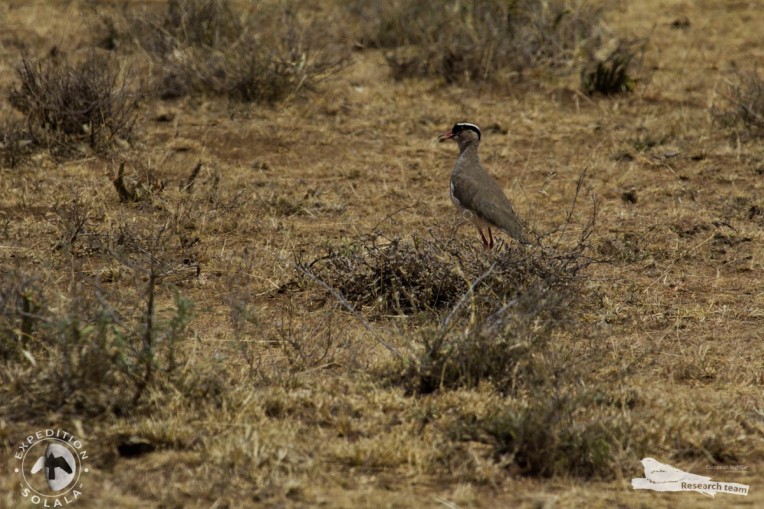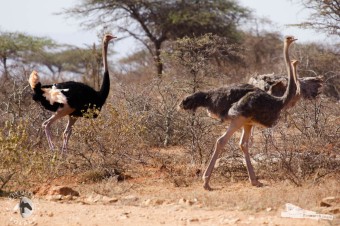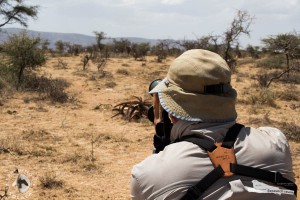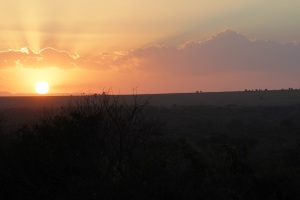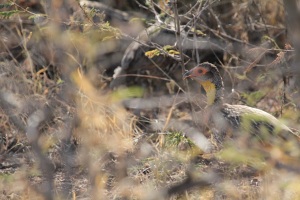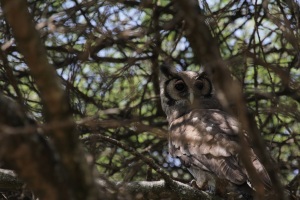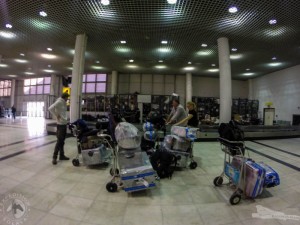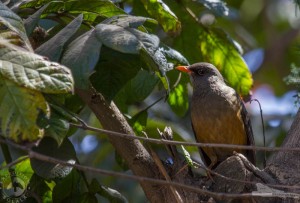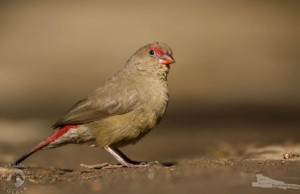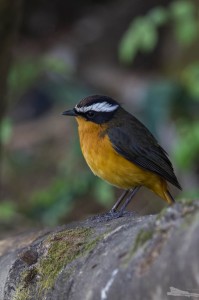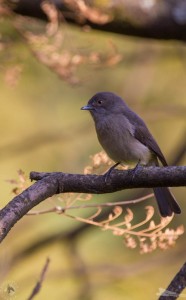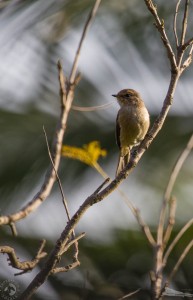The Nechisar National Park is border on Lake Chamo and Lake Abaya. The lakes are very different because of the ferrous oxide, what makes Lake Abaya’s water brown, whereas Lake Chamo is very blue. The lakes are connected by River Kulfo.
 The land which dived the lakes is called ‘Bridge of God’.
The land which dived the lakes is called ‘Bridge of God’.
We visited the Lake Chamo several times. It’s famous for the large crocodiles and hippos that live here. We could observe them at close quarters and of course we could always find new birds to add to our list.
On the shore we found an African Fish Eagle nest where we could follow up how the chick was growing and we saw adults bird everywhere around the national park.
We found hippopotamus footprints one kilometre from the lake in the mountains. Supposedly they spent the nights there.
Before we started the hard work on the south of the plains we always had a HotPack for dinner.
















